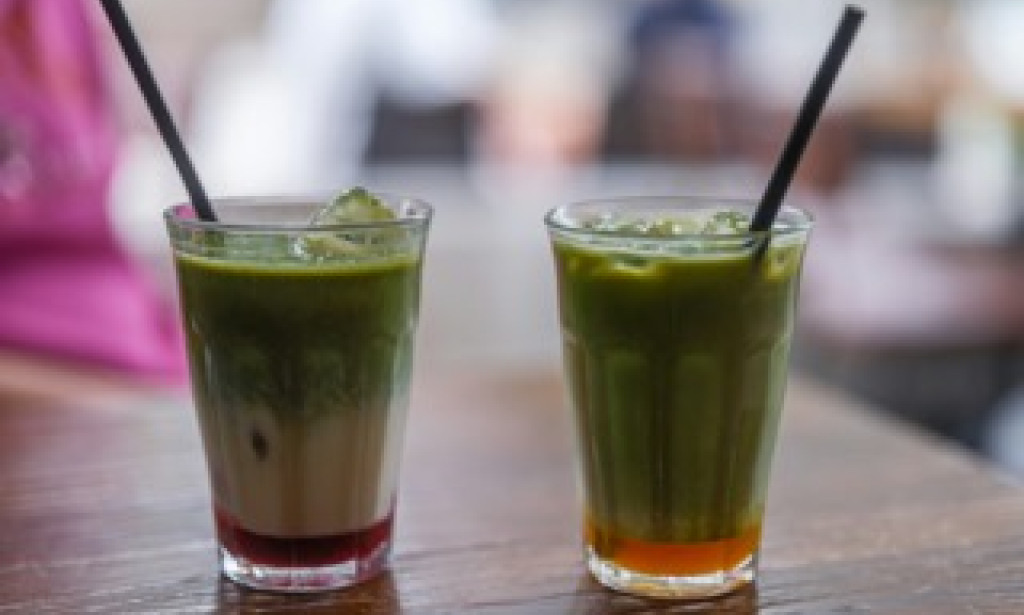The Rise of Matcha Culture: From Japanese Tradition to Global Trend
A bright green drink, especially this year, has lately taken over and taken the best of the feed on social media and through cafes or wellness spaces globally. Matcha - a finely ground powder, which is derived from specially grown green tea leaves- represents the transformation of an ancient Japanese ritual beverage into a truly modern and globally accepted public consumption. However, behind the hype and trendy buzz it lies history with an immense cultural heritage, centuries of craftsmanship, and an ever-increasing realization of mindful living.
Roots in Japanese Tradition
This is the beginning of matcha, over 800 years ago in Japan, when Zen Buddhist monks used it as the ideal means by which to meditate. They found that drinking a beverage like matcha kept them saner yet more alert during the long hours of practice; something about the combination of caffeine and L-theanine is responsible for that later reported.
Over the centuries, matcha became used in the 'Japanese tea ceremony' known as 'chanoyu' or 'sado. It’s not just the drinking of tea; it's more incorporated into principles of harmony, respect, purity, and tranquillity, so-called-wakei-seijaku. Preparing and serving matcha has always been, and still is today, an art form reflective of mindfulness and appreciation of the present moment.
Matcha Goes Global
In the new millennium, matcha travelled beyond the tearooms of Japan. Brightened by the perception of wellness that came with this strange colour, health enthusiasts and baristas, not to mention social influencers, have begun embracing what this Japanese green powder, mixed with water, can do. That is how what initially seemed like a niche cultural practice turned into a 'global lifestyle trend'.
Matcha lattes, smoothies, and even matcha-infused desserts can be found in cafes all around the world. The drink's photogenic hue, coupled with versatility, helped it explode across Instagram and TikTok, where #matcha has amassed millions of posts. But behind the aesthetics, the appeal is also rooted in substance - matcha is rich in antioxidants, boosts energy without the caffeine crash, and supports focus and relaxation.
Modern Matcha Culture
Now, in contrast to some people foregoing coffee in the morning, frothing up their matcha powder for an even "cleaner" source of energy in the morning isn't all that alien. It has, however, found its way out of the beverage into skincare, health supplements, and even culinary innovations - think matcha cheesecakes or matcha protein bars.
In many ways, matcha preparation has turned into a ritual of 'self-care'. Like the original spirit of the tea ceremony, the quiet ritual of whisking the powder into water, watching it rise, and sipping it slowly serves as a reminder to pause and be present in a fast-paced world.
Sustainability and Authenticity
With growing interest comes the whole talk of 'sourcing and quality'. Genuine Japanese matcha, especially that from Uji, Nishio, and Shizuoka, is shade-cultivated, hand-harvested, and stone-milled. This ensures a subtle taste and preserves nutrients.
Not all matcha on the market is according to tradition, however. Most of the low-cost varieties sold as matcha are powdered green tea. They do not have the taste, smoothness, sweetness, or bright green colour of real matcha. Increasingly, consumers seek not just ethical sources but also ceremonial grade matcha, which supports small Japanese farmers and sustainable cultivation methods.
The Future of Matcha
This sacred Zen position has now become the mobilization of masses through health; yet, at heart, matcha will remain a symbol of balance between energy and calm, tradition, and innovation, East and West.
As awareness of mindful living, sustainability, and holistic healthy living continues to grow globally, matcha's cultural journey is far from over. It is more than just a drink experience, a ritual, and a connection connecting centuries of Japanese tradition to modern global consciousness.
Conclusion
The rise of matcha culture just shows how ancient wisdom could rediscover its relevance in a modern world. Whatever form you take it in-whether by traditional bowl or trendy iced latte-every sip still carries a piece of history reminding you to slow down, breathe, and savour the moment.



You must be logged in to post a comment.